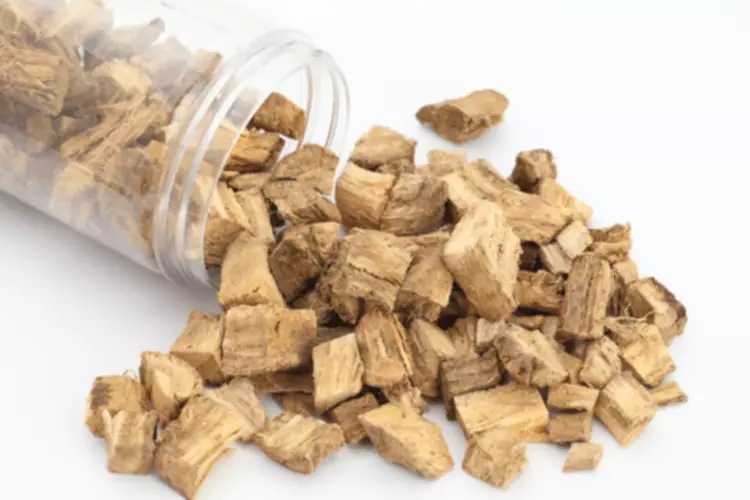Just because they have swelling and discoloration around the nose does not mean they are an alcoholic. This stigma has caused many people to feel uncomfortable and ostracized from society. Whether you are struggling with addiction, mental health or both, our expert team is here to guide you every step of the way. Don’t wait— reach out today to take the first step toward taking control of your life. Surgical therapy, along with topical treatments, are incredibly effective for helping return the nose to its original shape without harming the bone and cartilage structures.
Alcohol Drinkers Nose (Red / Purple Bulbous Nose Pictures)
This may include medication or surgery to manage symptoms and improve the nose’s appearance. Contrary to popular belief, alcohol is not a direct causative factor for rhinophyma. Although alcohol does not directly cause this condition, research indicates that it may exacerbate the severity of rhinophyma symptoms. Nonetheless, excessive alcohol intake has been linked to an increase in the severity of symptoms for those with rosacea.
What Is Alcoholic Nose & How Does It Happen?
- Whenever someone is experiencing severe AUD, a “cold-turkey” quit can be lethal.
- While alcohol can make rosacea worse, it is not the main cause of rhinophyma.
- You can only use rhinophyma as a starting place for someone you know well.
- If you are prone to other skin conditions such as eczema, alcohol can worsen them.
- Rhinophyma predominantly affects Caucasian men between the ages of 50 and 70.
- If you think you may have rhinophyma, it’s important to see a doctor or dermatologist for diagnosis and treatment.
For people who develop rhinophyma, their face skin thickens, especially around the nose. Because for so many years people have assumed a connection between alcoholism and rhinophyma, a stigma has formed around the idea of an alcoholic nose. An alcoholic nose, also known as a drinker’s nose, is characterized by a red, bumpy, and swollen nose.
Sign Up & Get Our FREE Recovery Guide
It should be borne in mind, however, that EMDR is not a treatment to be delivered alone in cases of trauma-related AUD. Even if rhinophyma is not necessarily a symptom of AUD, many other physical conditions and complications are, and alcoholic nose doctors will be able to detect those. Also, even though they can’t “test for AUD,” they can test for other things, the combination of which could suggest AUD. When rosacea progresses to rhinophyma, the skin not only becomes red, but small blood vessels in the skin also burst, and pus-filled pimples that are similar to acne form. Interestingly, rhinophyma is almost exclusively a disease of people who are assigned male at birth while ocular rosacea is mostly a disease of people who are assigned female at birth.
Triggers Of Rhinophyma And Rosacea
People receive tailored care to address the unique physical, emotional, and behavioral aspects of their AUD. Most people with alcohol addiction require intensive detox and treatment services to stop drinking. People who may benefit from alcohol treatment programs may be deterred from taking initial steps in seeking treatment. They may be afraid they will feel shamed by other people’s judgments of alcohol abuse. Widened blood vessels caused by heavy drinking allow more blood to travel to right beneath the skin’s surface, which gives the face a more flushed or red appearance.
- More than anybody, we understand that reaching out for help can be difficult.
- That means someone drinking heavily may show flushed cheeks and an enlarged nose with a red or purple tint if they have rosacea.
- It is typical in individuals with a fair complexion and is most often attributed to those with a European background.
- Therapy helps individuals work through trauma, cope in healthy ways, and improve their life outlook, among other things.
- Doctors theorize it’s because of an additional chemical in red wine that also works to enlarge blood vessels, letting far more blood than usual flow to the skin’s surface.
- Popularly known as “alcoholic nose,” the condition is when someone develops a red, enlarged, bulbous-looking nose.
Drinking can increase the effects of existing rosacea and may increase the risk of this condition developing. However, many people who use alcohol drug addiction heavily do not develop rosacea, and rosacea does often occur in people who do not drink alcohol or only use it in moderation. Alcoholic nose is a slang term used to describe the red, swollen nose that is thought by some to accompany chronic alcohol use. While this stereotype does have some element of truth to it, there is some debate on how much alcohol actually affects the appearance of your nose. It’s worth mentioning that quitting or significantly reducing alcohol consumption can have positive effects on the skin’s health and appearance.
Some people might be prescribed a low dose course of isotretinoin (Accutane) to help shrink enlarged oil glands that might also be contributing to skin thickening and symptoms. Topical retinoids might also be recommended for anyone who catches the condition in its early stages. If you or a loved one are in search of treatment services for alcohol use disorder, help is available. This is a stigma, however, that those who struggle with substance abuse regularly face. The most noticeable symptom of rhinophyma is swelling and redness of the nose and face.
- This redness typically begins in the cheeks, nose, forehead or chin, usually around the time a person is 30 years old.
- If you or someone you love is struggling with alcohol abuse and addiction, The Recovery Village at Palmer Lake can help.
- We are a mental health rehab center that specializes in supporting adults with co-occurring disorders, including alcohol use disorder.
- Excessive drinking can aggravate rosacea and Rhinophyma, leading people to think there is a cause-and-effect relationship between them.
- Our alcohol treatment programs incorporate evidence-based therapies, individual and group counseling, relapse prevention planning, and holistic wellness practices.
Holistic Therapy
Although the condition worsens with excessive alcohol use, an alcoholic nose is not a sign of addiction or a drinking problem. However, if your nose is constantly swollen, it might be a sign you’re drinking too much. People with an alcoholic nose often have a genetic predisposition to or a family history of rosacea. This is especially if treatment for the skin condition is ineffective. Enlarged blood vessels and tissue growth can lead to nose and facial disfigurement.






Leave A Comment